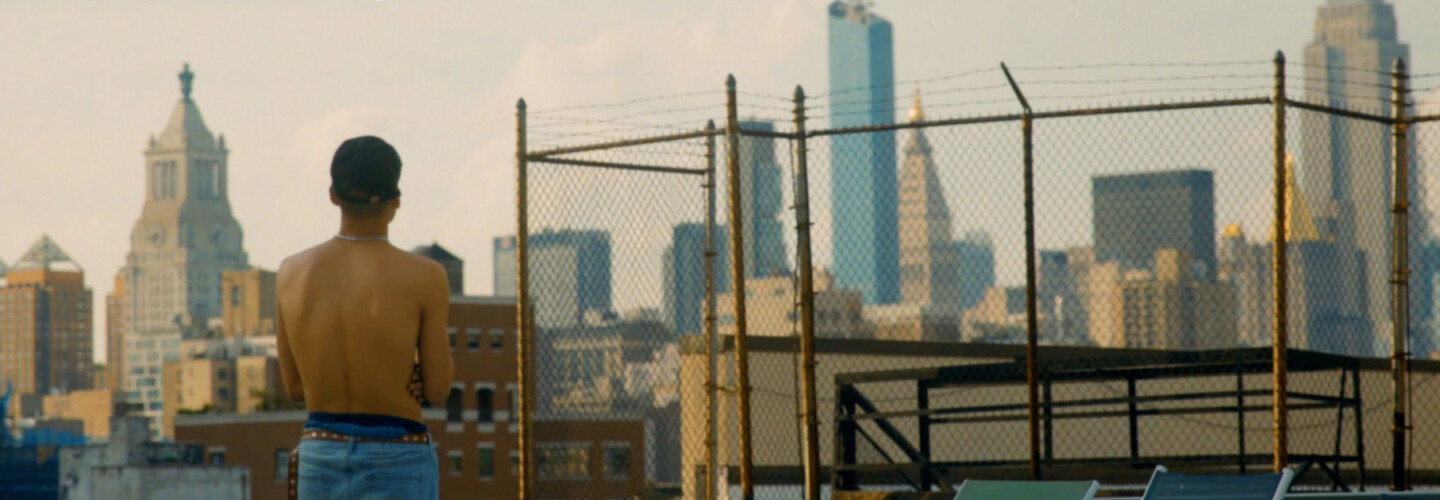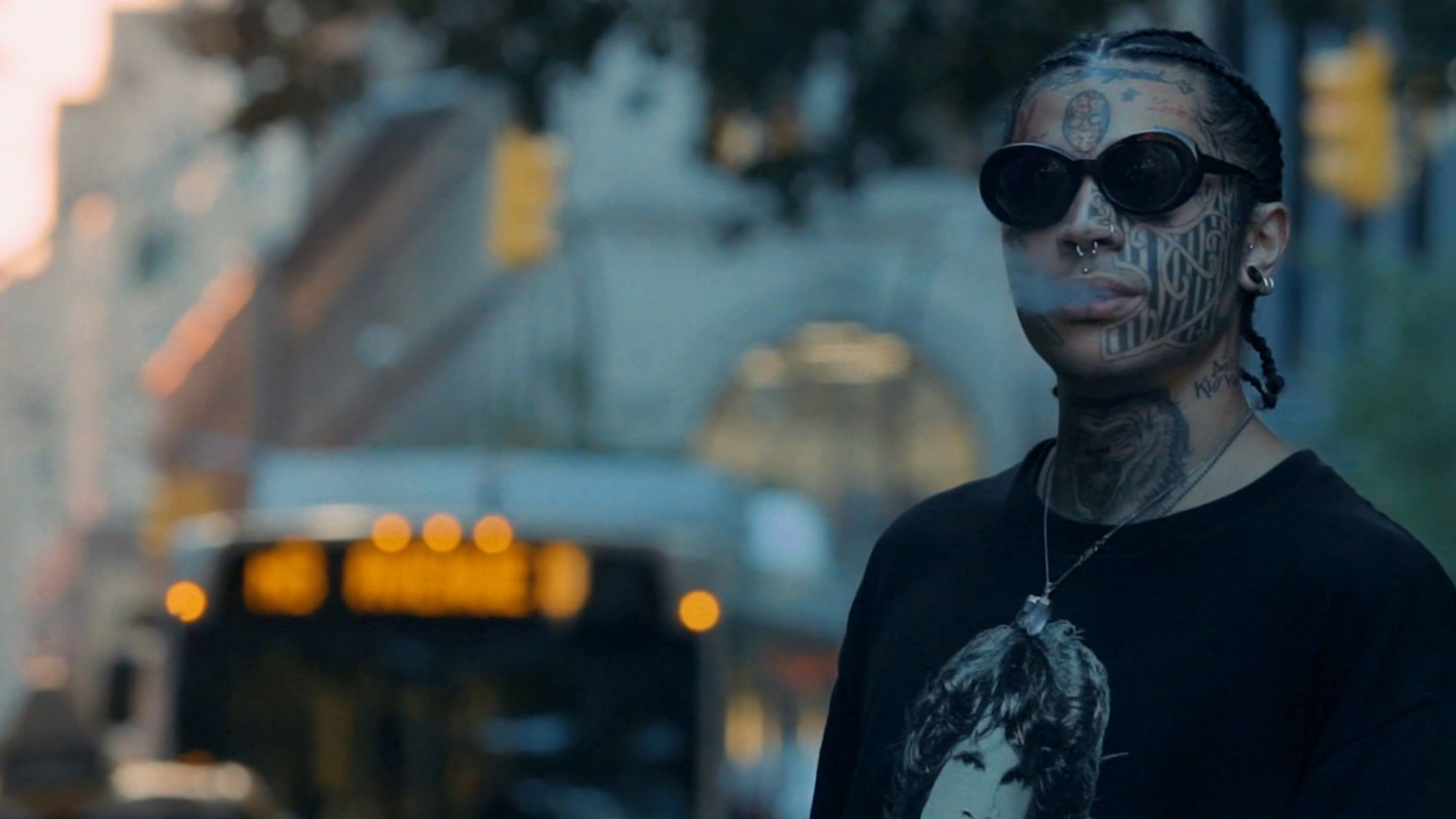
New York has long been the go-to destination where artists of all stripes flock in the hope of realising their creative dreams. But beneath the shiny surface of the city that never sleeps, lies the day to day struggle of trying to find success in a location which boasts some of the highest rents in the world, along with an endless parade of equally eager talent jostling one another in the hopes of ‘making it’. In his new layered, non-fiction short Can’t Nobody Else Love You, Ivan Olita (who we last saw on DN with spiritual endurance doc The 1000 Days) delves into the realities of NYC living for the city’s new breed of creatives, who must also contend with the pressure of living up to the unreality of their meticulously cultivated social media images. Very much taken with this at times surreal confessional documentary, I caught up with Ivan to find out more.
Can’t Nobody Else Love You is the latest project created through your production company BRAVÒ. What first prompted you to found BRAVÒ and how has the collaboration which takes place within the company enabled you to expand the scope of your filmmaking? Is there an ethos which unites the commercial and in-house projects which come of out BRAVÒ?
BRAVÒ started out as a collective roughly 3 years ago when I was moving from NY to LA… At the time we were what you’d call a creative agency, I built a bridge for all my talented friends to connect with brands and editors but as I started to move more into film so did clients’ requests – it was the perfect timing since everyone was looking for content and we were ahead of the game.
Fast forward couple of years and now we’ve grown into an actual production company – it came pretty natural as the more commercial jobs we’d get the more we’d invest in producing our own films with media partners and that would drive more commercial jobs in return.. full circle. I directed the majority of the first pieces we’d put out but now we’re working with different directors on various project and putting together a roster which is exciting!
Ideas are what drives us and the more we can work on them the better it is.
Also, I want BRAVÒ to transition from being a production company to a production AND development company. Ideas are what drives us and the more we can work on them the better it is. We will move into longer form and the shorts are nothing else than a testing ground for ideas! This would have never ever been possible to achieve by myself so I’m incredibly grateful for what we accomplished as a team.
Filmmaking is a collaborative effort and so is everything behind it – having a team expanded everything – we are spread all over the world and interact every day – it’s a constant mix of influences, ideas and emails – a never-ending stream that touches on everything. None of us went to film school and I slowly got to realize how much of an asset that is because that does not make us insular.
The ethos is always to infuse filmmaking with other disciplines, whether that is contemporary art, fashion, design, and to borrow elements from them to tell a better story and inform our practice.
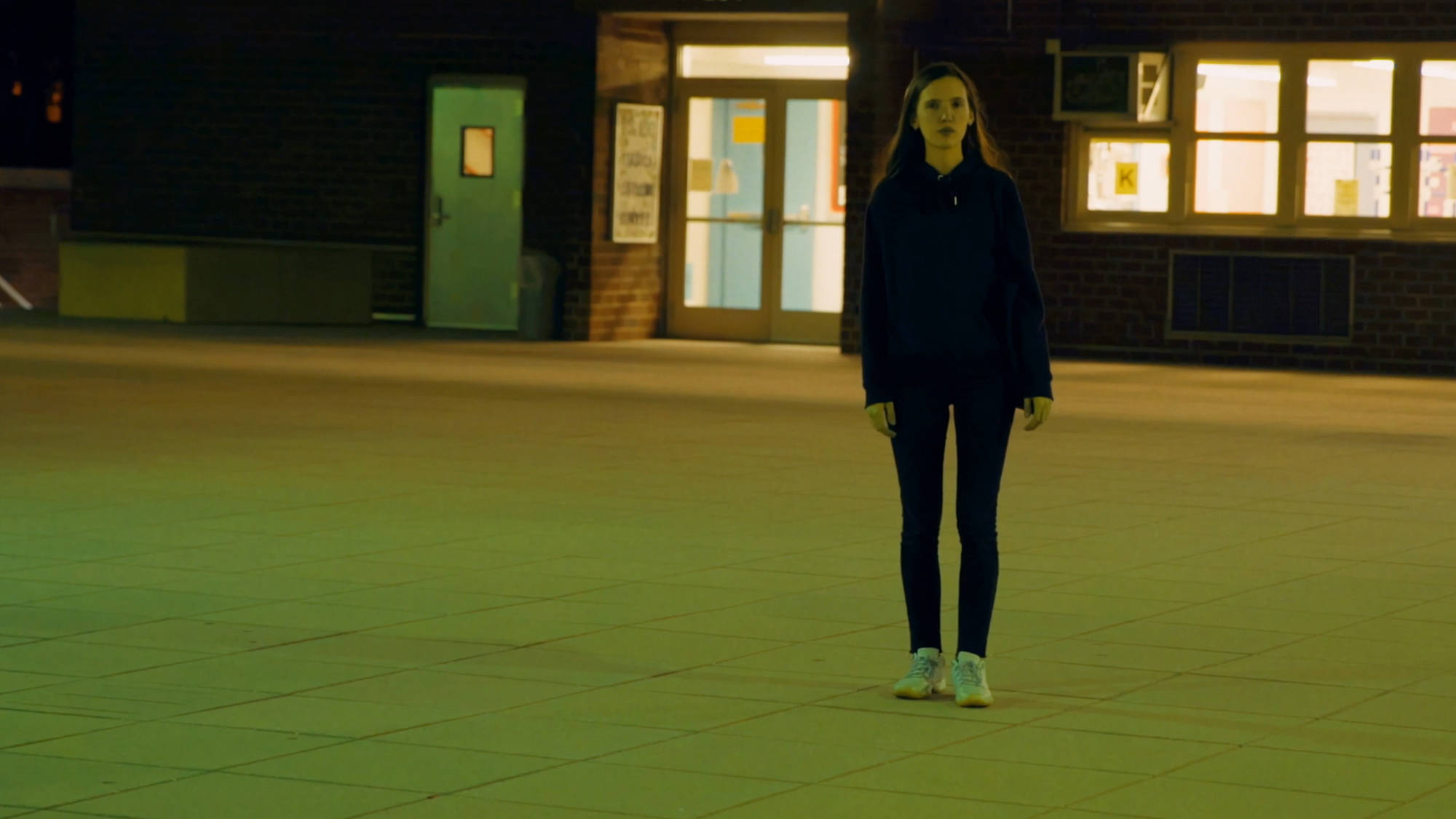
New York is probably the most documented city on the globe, what initially made you want to take a look at the lives of the new breed of creatives living there?
Let’s put it this way: in 2018 there is an apparent over-documentation of teen-life thanks to social media, but it is difficult to organize it into a digestible narrative. I wanted to capture on film the fragmentation of the digital representation and use it to simultaneously go deeper to the peoples’ stories as well while maintaining the inherently confusing nature of social media’s dismembered communication style. There is a comment YouTube comment on the film that kind of nails it:
“I love this film. I don’t use social media but this feels like a long Instagram post (even the lighting resembles those filters).”
Also, I realized that for the first time in a while, I had fallen out of touch with the teenagers of the city and wanted to investigate their lifestyle. After all, we all know that most trends, new ideas, attitudes and artistic practices stem from these young New York communities, while there hasn’t been a youth-driven portrait of the city since iconic films of the 90s the such as Kids.
Teens have become so relevant to the political landscape of America. 2018 is their year. Which is truly fantastic, but what I find is that the politicization does not generally allow for storytelling aside from the agenda that is being put forward, however commendable it may be. Although this piece might not embrace the current tendency to present its teens as socially-conscious, political activists, the main theme of the piece is still one of acceptance as all of its protagonists are dealing with how to fit in.
They all feel the very powerful need to include and be included. How to be accepted by others? How to accept others? And ultimately, how to accept oneself? In this sense, the fact that they all live in NY is no coincidence. As Tom Wolfe said, “One belongs to New York instantly, one belongs to it as much in five minutes as in five years.” And I think this is definitely something that helps you partially find your identity, one way or the other.

How did you come to select the young artists whose NYC lives comprise the film? Were there specific elements or character traits that you had in mind which each of them embodied?
Choosing them was certainly a consuming process. First, we had to find them and go in for 4 major rounds of casting. The first one was on Instagram, an obvious decision, given the nature of the piece. The second two were IRL – we met around 25 people each time. Finally, I had phone sessions with each of them to chat and get to meet them before starting to shoot.
It was really difficult to choose the main protagonists at first, but the more I thought about the ensemble, the more a cast started to take shape. Some, we were certain about from the beginning; others, I, unfortunately, had to cut in the editing process.
I kind of imagined New York and their community as if it were a sort of a fairytale kingdom, and I assigned to each of them a role in the kingdom. The Alchemist… The Knight… The Witch… I decided to typecast them this way. I kept the roles to myself, and they really have nothing to do with the piece, but it kind of helped me to figure out their place in the piece.
Here are the actual names of the main characters and their creative roles which are always “slashed” / / /
- Jason Santore – Fashion Designer / Model
- Hirakish – Artist / Musician
- Poster Boy – Musician / Designer / Renaissance it boy / Influencer
- Yuyi: Artist
- Jovel: Artist / Model
- Thomas: Skater
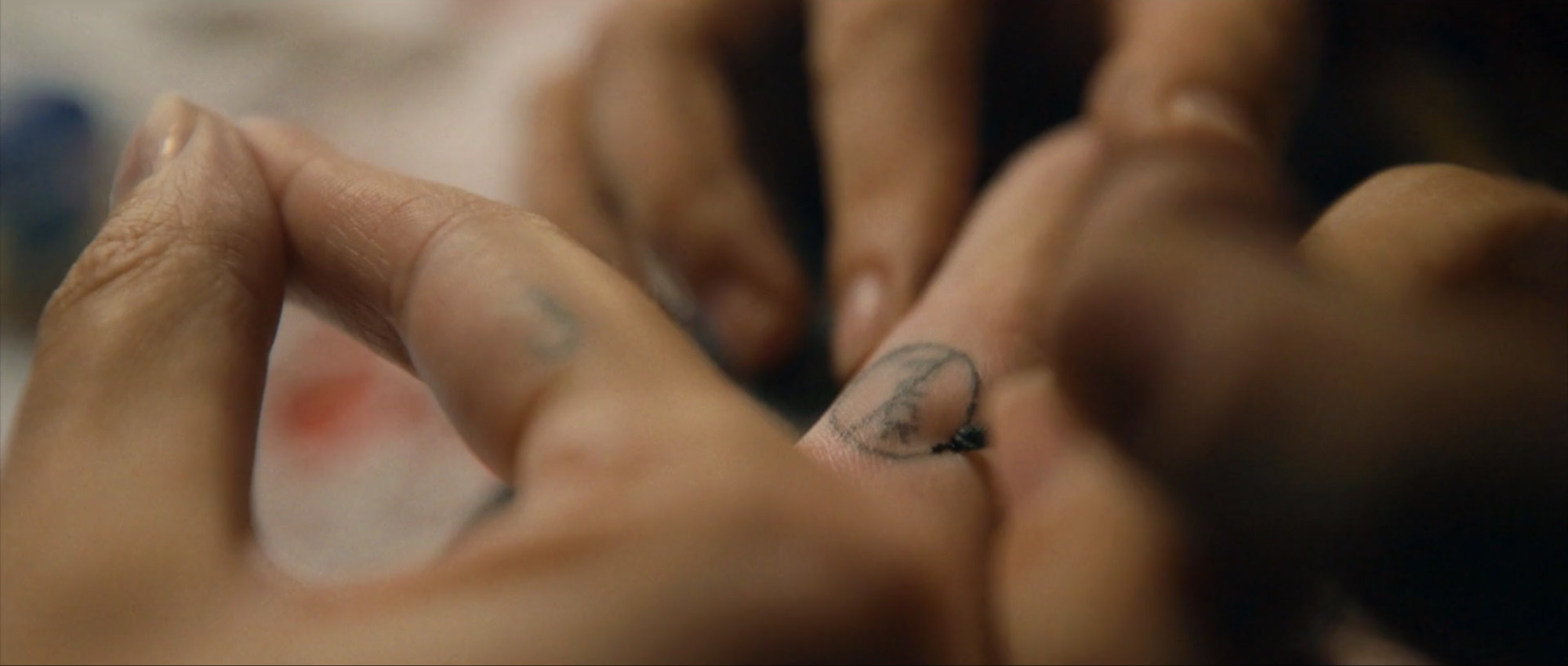
Did you always plan to explore the struggle of the New York grind from the outset or was that an aspect organically revealed to you by your subjects?
I believe that this became a necessity once we started shooting. What first started as a homage to a slice of the NYC generation quickly evolved into a representation of the ways some young creatives in the city are bursting out of their bubbles of self-representation. We had to adjust our idea of the piece and take this evident need of theirs into account. It was no longer about romanticizing a way of life; it became more about reporting the reality of their lives and trying to do it in the most romantic way. So when I think about the piece, I think about something real – raw – as its protagonists would say. It’s not comforting to watch, and it should not feel that way.
It’s also a fragmented narrative that’s dislocated and trippy. Those elements are important to me because my intention was not to provide a specific arc. I wanted this to be a more experiential piece. Come on a ride with them, and wake up 20 minutes later in front of your computer wondering what the fuck happened. Most of the time, I see this as how it feels to live as a creative in NY.
It was no longer about romanticizing a way of life; it became more about reporting the reality of their lives.
Another thing is that once we got into the editing room, it was pretty endearing to discover that the NY that we portrayed mostly presents itself in bathrooms, bedrooms and rooftops. It was not really planned. The locations were kind of lonesome, and I guess that this is because when you are starting out, assembling yourself as a young adult, the city becomes both your playground and something you seek shelter from. You oscillate between diving in and seeking refuge out from it. You live in this sort of constant tension. You’re never really in a comfortable place. You don’t have a nice house in which you can breathe a sigh of relief so that is the polarization.
Loneliness is, of course, a part of this both because you need to recharge and because the contrast between going out, hustling hard all day, moving and running around and then finding yourself alone in a one bedroom apartment at the end of the day trying to make sense of it all can be jarring at times. But on a positive note, NY provides the constant sense of being part of something bigger than the city itself – it’s a tribe of sorts, one that fuels you with the extra energy needed to battle everything else.

Given their self-confessed deployment of the Instagram idealised poker face was it hard to get your interviewees to open up about their vulnerabilities to you on camera?
Actually no, the more carefully they created an image for themselves on social media, the more they were compelled to reaffirm their real-life struggles on film as we were shooting. It’s almost as if they wanted to scream, “We’re more than what you see on Instagram, there’s pain, there are stories to us, there’s hustle”. Expressing a sort of self-affirmative stance taken against the digital glamorization of street culture. They were actually looking to be vulnerable.
Also, New York is obviously the (un)spoken protagonist of the piece. It is where these kids find themselves. Where they want to make it happen. Where they will be eventually tested out against themselves and the world at large. We were less interested in perceiving the city as a geographical place but rather a state of mind. The focus is less about “being in NY”, and more about “feeling in NY” and feeling in NY is often times not as easy as it would seem – it makes you vulnerable. I was interested in representing that overarching theme of how do you feel there and how it affects your life. I guess the “reality” vs “social media” of living in NY is what I mean by “feeling” vs “being”.
The confessional ‘warts and all’ view of New York life captured in Can’t Nobody Else Love You could have validly employed a gritty, downbeat aesthetic, yet instead it conveys exactly why the city is so seductive. How did you develop the film’s style?
I think the aesthetic partly mirrors the one of Instagram. By saying that I mean that through the cinematography of my DoP Stefano Ferrari we decided to ‘filter’ the gritty reality of New York. Yuyi explains it at the beginning of the film: “Social media a little bit feel like New York.”
So we couldn’t just shoot this film in a gritty way… that would have limited the photography of the film to only investigate one dimension of the story whereas we were interested in immersing ourselves in the social media fragmentation I mentioned above. We wanted to represent reality, as well as the representation of reality, a hyperreality of sorts.
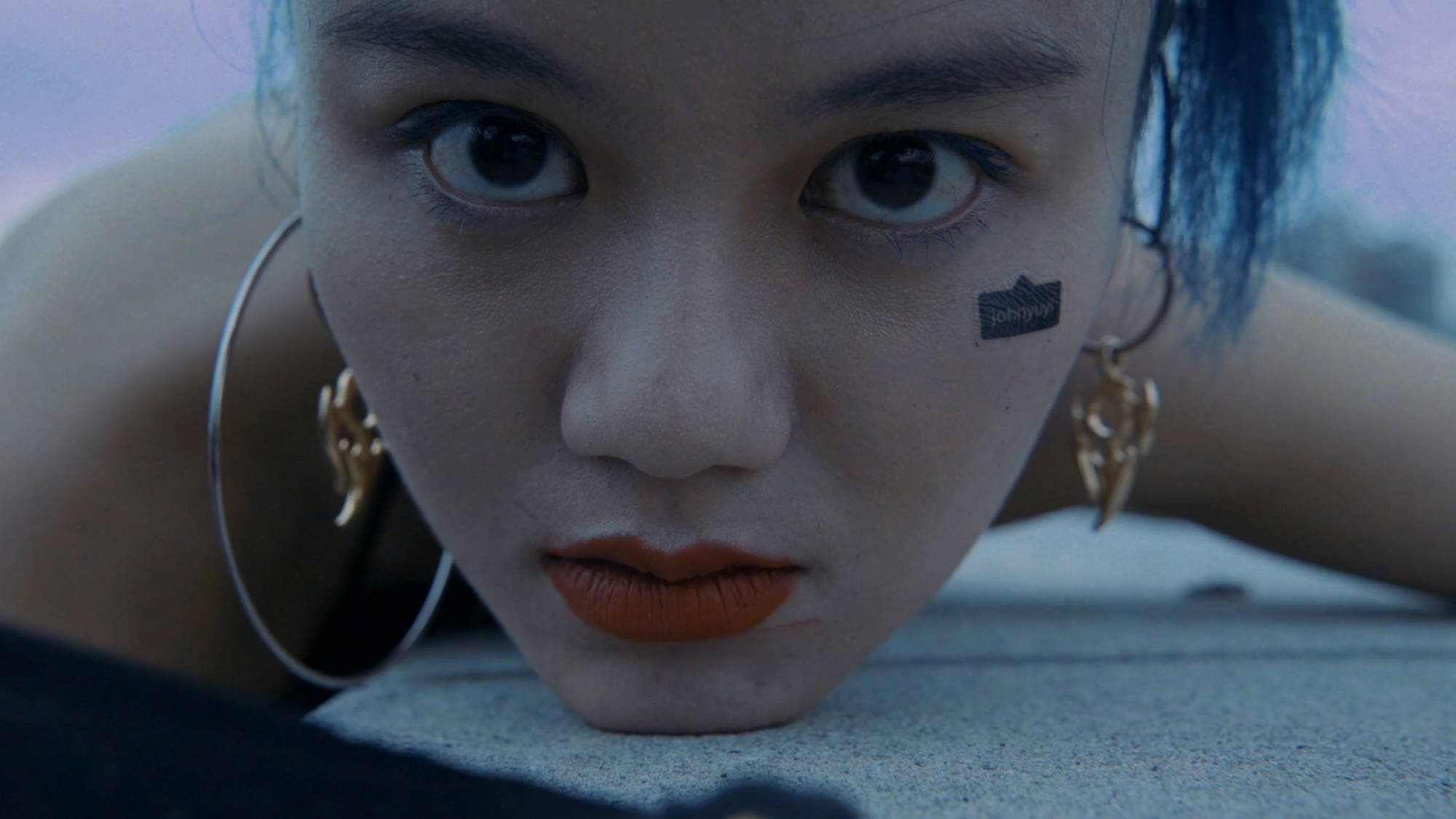
We were less interested in perceiving the city as a geographical place but rather a state of mind.
We wanted to ‘pin down’ the characters into the frame: we mostly used wide lenses which created a layer of detachment from their surroundings while still keeping the context around them visible. The camera always moved a lot allowing the image to have a feel in where the characters were almost ‘dragging’ around their surroundings. Similarly to when you drop a pin on a map.
My idea was to visually portray them as independent individuals that still need to deal with the burden of society in where they lived. We also used filters to heighten that ‘NYC summer heat feel’ as well as screw-on diopters to create the Vertigo effect. In terms of cameras, we used the Sony Alpha 7SII which performed incredibly in low light situations and were light enough to allow long takes and move faster within locations. Lighting was very minimal since we wanted to keep a small footprint: LED panels and a rogue soft box with RGB LED strips glued on it.
Where will you be taking us next?
Ha! This is always the best question! We’re post producing a short I shot in Bolivia in the Uyuni Salt Flats as well as 2 other projects we produced for 2 talented directors. One takes place in Miami and delves into a forgotten sport, while the other one is set in Bulgaria and celebrates an antique tradition of Rose-picking. At the same time we’re in pre-production for a short doc I will direct which is set in Northern Italy, in the esoteric community of Damanhur that secretly carved out an astonishing temple below the ground now considered the eighth wonder of the world.
We’re also working on turning one of our short documentaries MUXES into an itinerant series about the longtime existing communities of Third Genders around in the world. There is a huge history of acceptance of nonbinary genders throughout many cultures that have been lasting for centuries.

